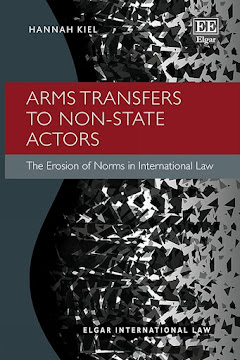The 2018 ILC Conclusions on identification of customary international law bring to light that contemporary international law accords a modest role to international organisations as independent actors in the formation of customary international law. This could seem remarkable, given that international organisations participate ever more fully in international legal affairs. The present chapter argues that one explanatory factor is the hesitation in international law to ascribe to international organisations a ‘juridical Will’. The term is used here as a shorthand for the various subjective, ‘intentional states’ - such as intention, opinion, acquiescence - that systems of law project onto legal participants in order to operationalise legal agency. International law seems to have no problem accomodating States in this respect, but shows signs of hesitation with regard to international organisations. This in turn can be linked to the organisation’s functional, mechanistic identity in international law, which has -in all its political and theoretical facets- persisted even after organisations in the course of the 20th century came to appear as prominent independent legal actors. It is one reason why the ascertainment of an organisation’s opinio juris, or of an organisation’s distinct Will in the attribution of practice, may pose a challenge. The chapter proposes that in light of their current role in global affairs, international organisations should assume a role in the formation of custom in sofar as substantively relevant for their work. More generally, it is time that organisations come of age as international legal persons and be fully susceptible to the projection of a juridical Will.
Tuesday, March 5, 2019
Brölmann: Capturing the Juridical Will of International Organisations
Catherine M. Brölmann (Univ. of Amsterdam - Law) has posted Capturing the Juridical Will of International Organisations (in International Organizations and Non-State Actors in the Formation of Customary International Law, Sufyan Droubi & Jean d’Aspremont eds., forthcoming). Here's the abstract:





